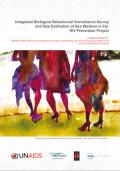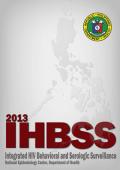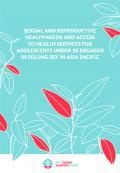Publications on Female Sex Workers (FSW)
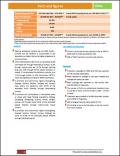
Resource | Fact Sheets,
Of the estimated 810 000 PLHIV, an estimated 46.9% contracted HIV through heterosexual contact, 20.3% through male‐to‐male sex, 25.7% through injecting drug use, 6.0% through former plasma donation or receipt of contaminated blood/blood products, and 1.1% through mother to child transmission (MTCT). There are significant increases in MSM transmission.
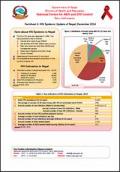
Resource | Fact Sheets,
-The first HIV case was detected in 1988. The key populations are as follows:
People who inject drugs (PWID)
Sex workers and their clients (Male and Female)
Men who have Sex with Men (MSM) and transgender people
Male Labor Migrants and their wives
Prison Inmates
- Heterosexual transmission is dominant
- HIV prevalence among adult population in the country is below 1%

Resource | Fact Sheets,
The first CRiSP (Community Based Risk Behavioural and Seroprevalence Survey for Female Sex Worker in Hong Kong) was launched in 2006 and it was repeated in 2009. HIV prevalence among female sex worker (FSW) in Hong Kong was found to be maintained at a low level in these two rounds of CRiSP, 0.19% and 0.05% respectively.






